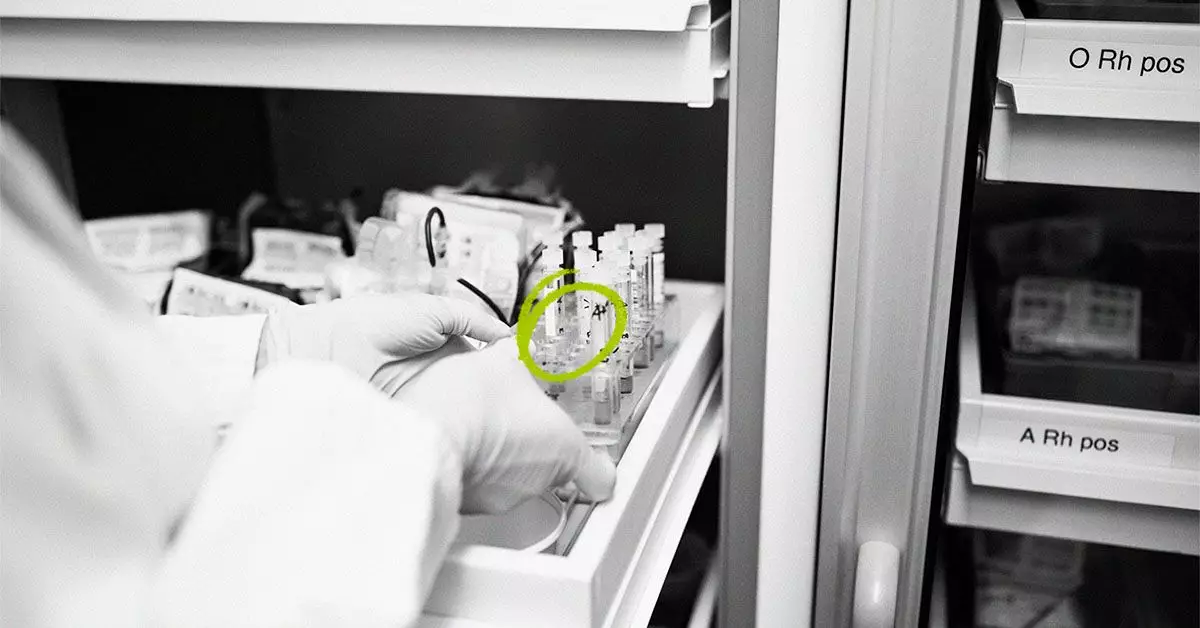Leukemia stands as one of the most challenging forms of cancer, captivating the attention of patients, families, and medical professionals alike. Unlike many other cancers, leukemia primarily affects the blood and bone marrow, giving it a unique trajectory that can vary significantly based on the type diagnosed. The intricacies of leukemia life expectancy hinge not only on the specific subtype—ranging from Acute Lymphoblastic Leukemia (ALL) to Chronic Lymphocytic Leukemia (CLL)—but also on the age of the patient and their overall health status. In a world where medical advancements are rapid, understanding the nuances of each category of leukemia becomes critical for creating an informed and empowered approach to treatment and prognosis.
The Spectrum of Leukemia: Types, Demographics, and Survival Rates
Leukemia does not come in a one-size-fits-all package; instead, it presents various forms characterized by distinct patient demographics and survival rates. Research from reputable sources, such as the National Cancer Institute and the American Cancer Society, reveals that ALL, which predominantly affects children under five, tends to have a 5-year relative survival rate (RSR) of approximately 72.6%. This contrasts starkly with Chronic Lymphocytic Leukemia, whose survival rate shines brighter at 89.3%, affecting older adults averaging around 70 years of age.
Acute Myeloid Leukemia (AML) and Chronic Myeloid Leukemia (CML), continue to complicate the conversation around leukemia. With AML displaying a daunting survival rate of just 32.9% and later diagnosis occurring chiefly in adults over 45, it underscores the urgency for timely treatment interventions. Meanwhile, CML, which represents 15% of new leukemia diagnoses, exhibits a relative stability with a lifetime risk of about 1 in 526, suggesting a different pathway to manage the disease primarily in adults around the age of 64.
It is not mere statistics that reflect the somber nature of leukemia but rather the people behind those numbers. Each percentage is imbued with a unique story, emphasizing the importance of personalized treatment plans tailored to individual needs and experiences.
Treatment Dynamics: Embracing Hope Amidst Uncertainty
Understanding treatment development in leukemia presents a fascinating lens through which to view the disease. For ALL, treatment advancements herald hope, with up to 90% of patients achieving complete remission through modern therapies. However, remaining in that remission—while hopeful—is equally critical, as only about 40% to 50% are likely to do so for extended periods. For CLL, the situation is more insidious; many can live for years without immediate treatment, emphasizing the disease’s slow progression but also illustrating the constant watchful waiting that patients and doctors must undertake.
Conversely, AML demands prompt intervention due to its aggressive nature. The stark reality is that newly diagnosed patients lacking treatment might only experience a median survival time of around 17 weeks, highlighting the dire need for immediate medical responses to the symptoms that may arise.
Moreover, leukemia can be classified into chronic and acute variants, each representing multiplicative paths of treatment and care. The fact that acute leukemia patients endure a rapid progression compared to their chronic counterparts emphasizes a multi-faceted treatment strategy that must be individualized based on the leukemia subtype and patient condition.
Early Diagnosis: The Critical Path to Improved Outcomes
The importance of early diagnosis cannot be overstated. It serves as the launchpad for effective treatment, especially in acute cases. One of the most concerning aspects of leukemia is that many patients delay seeking medical advice due to symptoms that may resemble other conditions. By the time they receive a cancer diagnosis, the progression may have advanced, leading to a more severe prognosis. Therefore, public awareness campaigns and educational initiatives are vital tools in increasing early detection rates.
Symptoms can manifest differently across the spectrum of leukemia. Patients with faster-growing types like ALL and AML may experience pronounced symptoms, while those with chronic types like CLL and CML often face a gradual onset. In this light, a “watch and wait” approach proves invaluable, allowing medical teams to monitor patients without subjecting them to unnecessary treatments.
The Path Forward: A Community’s Role in Relief and Resilience
The ongoing narrative surrounding leukemia transcends statistics and treatment plans; it weaves through the fabric of community support, shared experiences, and emotional resilience. As family members and caretakers become pillars of strength for individuals battling this disease, the communal response can transform not just the patient experience but also instill a sense of hope and agency. It becomes clear that every dialogue around leukemia—whether clinical, personal, or educational—contributes to shaping a more informed society that recognizes cancer not just as an illness, but as a call to action for collective awareness and compassion.
The complexities of leukemia demand a concerted effort from both patients and the broader healthcare community to confront the challenges associated with this disease. By fostering engagement and dialog between those affected and healthcare providers, we stand on the cusp of redefining what it means to live with leukemia.

